15 Important Points To Consider While Preparing For Load Line Survey On Ships
The time before surveys is a tough one for all onboard ship. Work is carried out in full throttle to ensure that the vessel is up to the mark of highest standards. Needless to say, a Planned Maintenance Schedule is of extreme importance here; for, if carried out with diligence and at regular intervals, last minute decisions do not have to be made.
Also, situations have arisen wherein work for the load line survey begins at a prior time that is just not enough to achieve maximum results. Thereby, preparations ought to begin a few months before the expected date of survey.
Mentioned below are some important points that needs to be considered while preparing for a load line survey:
1. Check Access Points: Access points at enclosed structures should be checked. All movable parts (clamps, dogs etc.) should be well greased. Gaskets and watertight packings should be checked for cracks and repaired accordingly. Rubber packings are integral in maintaining the watertight integrity of an enclosed structure.
2. Check Ventilators and Air pipes: Ventilators and air pipes (openings) should be provided with closing mechanisms. Check the installation if already provided and repair any damages. Often, heavy rusting eats up most of the flaps in which case they should be replaced.
3. Keep Deck Clear: Portable beams must be checked for efficiency and securing. Also, a habit must be inculcated of squaring up of used equipment. It reflects very well on the ship to have a deck free from unnecessary tools lying about.
4. Check Hatches: Hatches should be checked for being weather tight. Check booby hatches too for the same. The butterfly screw should be checked for easy movement.
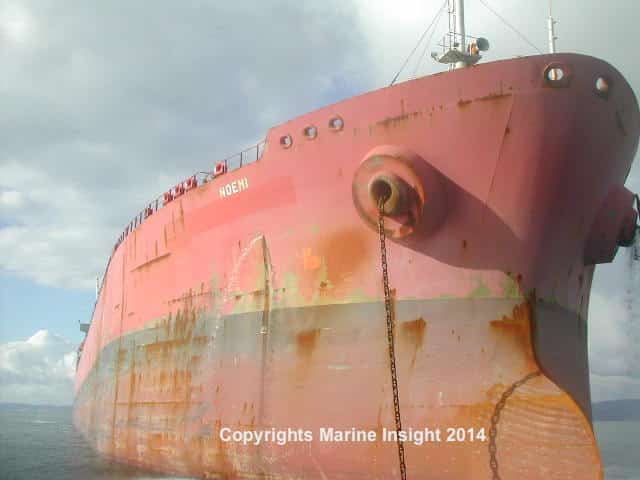
5. Check Locking Bars: Locking bars, locking pins, hatch ventilators must be checked, de rusted and operated for free movement. As we all know, liberal use of WD 40 is always encouraged and helpful!
6. Keep Tarpaulins in Good Condition: Tarpaulins, if used to cover hatches, must be in top condition and of an approved material and standard. In fact, the same logic should apply to most equipment and/or materials used for the purpose of operation and maintenance onboard.
7. Check for Watertightness: Check manholes, scuppers and other similar parts enabling water flow for watertightness. The manholes must be screwed tight using the T wrench as far as possible. Scuppers often get clogged over time and restrict the outlet of water, in which case, they should be cleaned. Also, plugs of the exact dimensions as the outlet should be used for closing.
8. Ensure Proper Working of Non-Return Valves: The non-return valves must be checked for working efficiency with respect to overboard discharge. Most authorities are rather stern when it comes to this.
9. Keep Machinery Spaces Clean: All machinery space opening on deck must be thoroughly inspected. Keep the general appearance clean at these sections for they generally have patches of oil and other dirt.
10. Check Ports For Watertight Integrity: All ports under the freeboard deck must be strictly checked for their watertight integrity. Also, any and every freeing port should be moving freely. Inspect that shutters, hinges, pins are not corroding and are well lubricated and have free movement.

11. Repair Fractures: Fractures in guardrails and bulwarks must be repaired. In fact, irrespective of an impending survey, these areas ought to be in mint condition since they mean so much to personnel safety.
12. All Lines Should Be Ready For Inspection: The deck line, load line mark, load line, draught marks, important signages etc. should be de rusted and painted for inspection. The required job, when carried out, must be done under apt supervision and with full safety gear in play, as this job is most likely to involve being hung by the side of the ship. Keep necessary LSA on standby for any probable necessity that may arise.
13. All Safety Equipment Must Be In Order: All safety measures must be checked and then checked again! Nothing screams of efficiency more than a solid safety culture in place. Check all safety equipments, rig safety lines in place and overhaul any aspect of the safety setup as necessary.
14. Check Side Scuttles: Side scuttles below the freeboard deck and deadlights must be checked for watertight integrity. The rubber packing around the deadlights is of paramount importance and must be thoroughly inspected for cracks and fissures.
15. All Records Must Be Ready For Inspection: The load line certificate and relevant records should be kept ready for inspection on the final day. The stability information should also be kept ready to show adherence to the rules of loading/discharging and ballasting/deballasting. The Chief Mate should make sure that all appropriate keys are available and working in the event that the Surveyor asks to inspect any area. A reasonable manpower should be available at all times for a variety of jobs that may ensue.
It is understood that, considering the size of a vessel, it is a daunting task to ensure that the entire vessel is overhauled to the level of a newly made one. When being specific about the load line survey, it is basically an effort to make the hull watertight below the freeboard and weather tight above it.
However, all effort should be made to make the vessel achieve its maximum possible level of working efficiency. It should be understood that a vessel that runs smoothly, is eventually going to benefit the ship’s personnel as well as reduce workload for the seafarers. After all, when the survey is over and the vessel has sailed, a problem free environment will leave more time for the much needed rest and recuperation.
Over to you..
Do you know any other important points that can be added this list?
Let’s know in the comments below.
Related Reading:
15 Points Seafarers Should Consider For Successful MLC 2006 Survey
16 Things That Can Detail Your Ship During Port State Surveys
40 Certificates That Are Checked in Port State Survey
Do you have info to share with us ? Suggest a correction
Latest Shipboard Guidelines Articles You Would Like:

About Author
Shilavadra Bhattacharjee is a shipbroker with a background in commercial operations after having sailed onboard as a Third Officer. His interests primarily lie in the energy sector, books and travelling.
Subscribe To Our Newsletters
By subscribing, you agree to our Privacy Policy and may receive occasional deal communications; you can unsubscribe anytime.



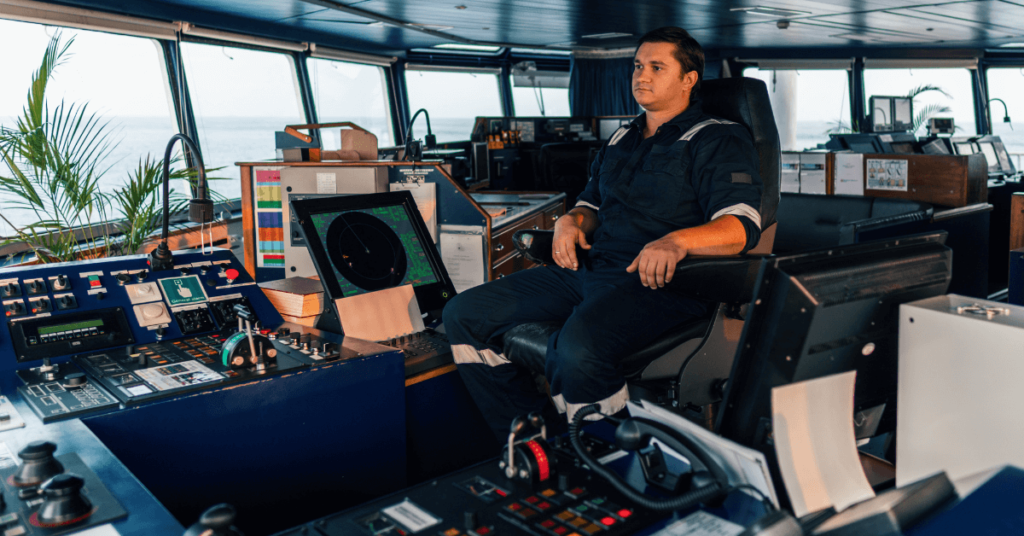

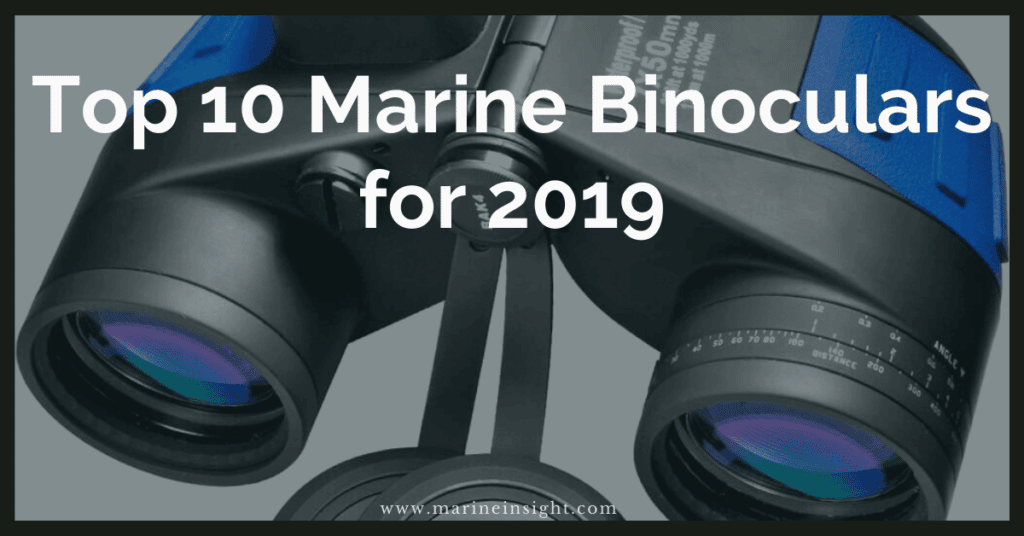


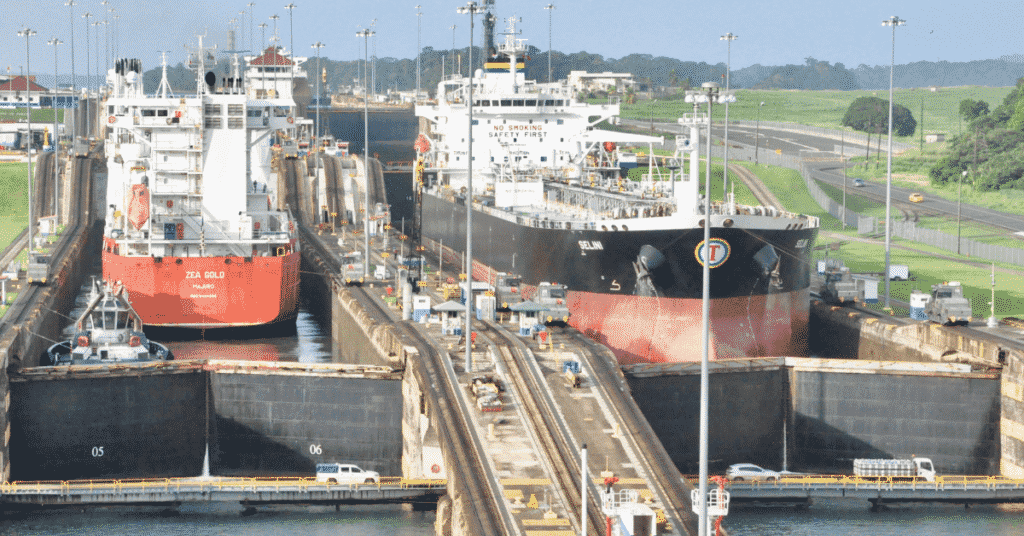


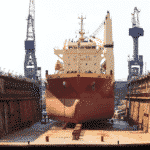


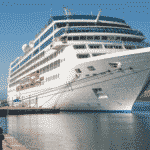

Very Nice less ambiguous…Thank You
in point no. 9 it says to keep machinery space clean, however in the actual preparation for loadline survey recommendation guidelines provided by the loadline convention it says to “Inspect all machinery space openings on exposed deck”.
Kindly clarify this disparity.
-Hideki